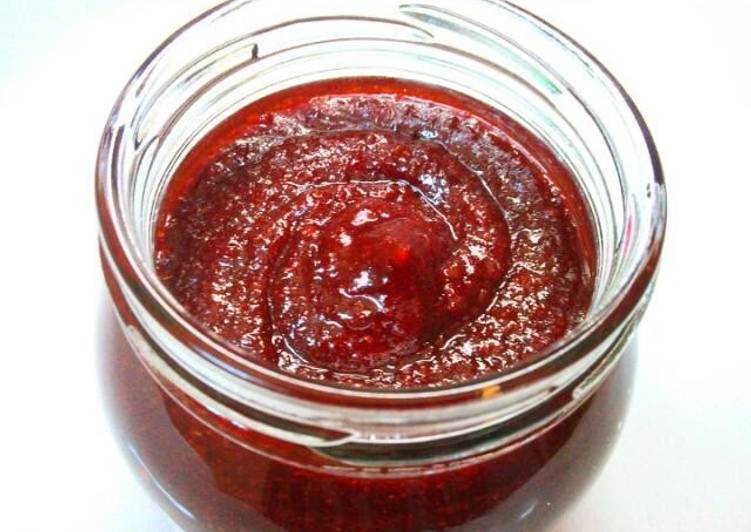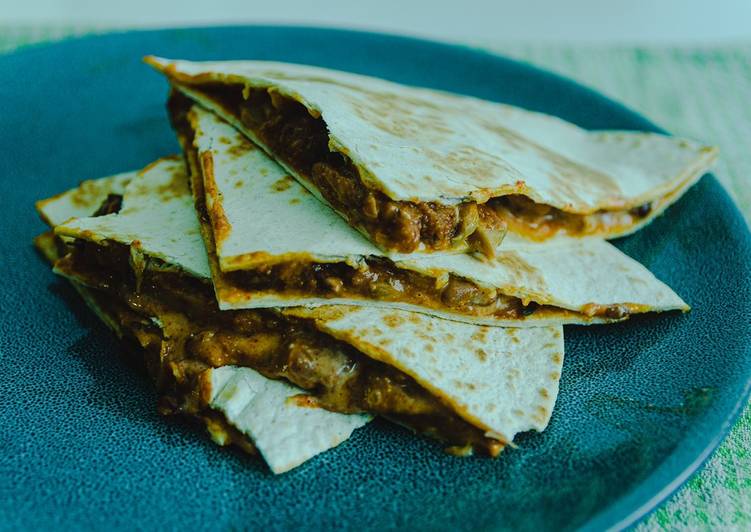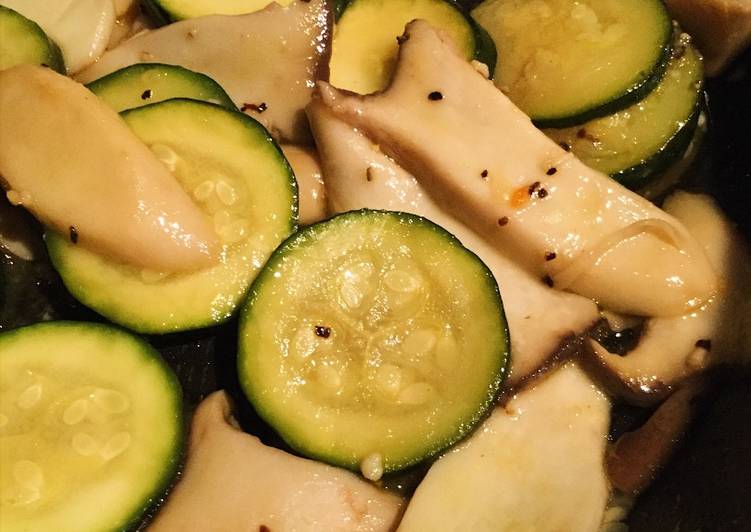
Hello everybody, I hope you are having an amazing day today. Today, we’re going to prepare a special dish, homemade gochujang for bibimbap. It is one of my favorites food recipes. This time, I’m gonna make it a bit unique. This will be really delicious.
*In this recipe we served the bibimbap in bowls, but you can purchase Korean-style dolsot bowls, which allow you to cook the bibimbap after plating to get the rice crispy on the bottom of the bowl. However, for a similar effect, simply stir fry rice in a little sesame oil in a hot pan for a few minutes, tossing occasionally, until toasty and. Bibimbap is often seasoned with plain gochujang, but making a sweet-hot gochujang and honey sauce is another opportunity for palate-training.
Homemade Gochujang for Bibimbap is one of the most popular of recent trending meals in the world. It’s simple, it’s quick, it tastes delicious. It’s enjoyed by millions daily. Homemade Gochujang for Bibimbap is something that I’ve loved my whole life. They are fine and they look fantastic.
To get started with this particular recipe, we have to first prepare a few components. You can cook homemade gochujang for bibimbap using 10 ingredients and 16 steps. Here is how you cook that.
The ingredients needed to make Homemade Gochujang for Bibimbap:
- Prepare 150 grams Barley miso
- Get 50 grams Koji miso
- Prepare 5 tbsp Light brown sugar (or white sugar)
- Get 3 tbsp Mirin
- Prepare 2 tbsp Sake
- Prepare 2 tbsp Soy sauce
- Make ready 150 grams Mizuame (Japanese)
- Make ready 5 tbsp Coarse powdered chili (Korean)
- Prepare 5 tbsp Fine powdered chili powder (Korean)
- Take 3 tbsp Paprika powder (Korean)
Making the gochujang sauce makes it easier to drizzle over the entire bowl. To shortcut some time you could simply add a dollop of gochujang itself: but that way it's mostly spicy and misses the savory and sweet components. Bibimbap is a Korean rice bowl served with an assortment of meat and vegetables. The word bibim refers to a mix of various ingredients, while bap refers to rice.
Steps to make Homemade Gochujang for Bibimbap:
- [For the miso:] The ideal ratio should be 3 parts barley miso to 1 part koji miso. You can use your usual miso. Make sure that the miso does not have added dashi!
- [For the sugar:] You can use your usual sugar. I don't recommend any specific type. A small amount of muscovado or cane sugar will give a rich flavour.
- [For the mizuame:] If you use Korean mizuame, it is very runny, so omit the mirin in the ingredients and substitute that amount with sugar.
- [For the powdered chili:] Make sure that the powdered chili is Korean. If you use Japanese chili powder, it will be too hot and not suitable for gochujang.
- [For the Korean powdered chili:] Grinding chili in different ways produces varying degrees of spiciness and flavours. Coarsely powdered chili is ground with seeds, so it is very hot.
- By grinding only the flesh of the chili, fine chili powder is obtained. It has a beautiful orange colour and a mild flavour. Blend different kinds of chili powder…
- You will have a deep and complex flavour in the resultant gochujang. If you want to make this chili paste, this is a good occasion to buy different kinds of chili powder.
- [For the paprika powder:] This is optional, but it gives a vivid red colour and good flavour to gochujang. I recommend it.
- After you prepare all the ingredients, mix them together! Make sure that your bowl and spatula are very dry.
- Mix until very smooth. If you find the mixture too stiff and difficult to combine, place the bowl on a bain-marie. If you place the mixture over direct heat, you will lose the miso flavour.
- Just continue to mix. Adjust the consistency with sake or mirin. If it is too stiff, it may be difficult to handle when used. It shouldn't be too runny, either.
- Once the mixture is smooth, transfer into a clean bottle or any container with a lid. Keep in the fridge. The gochujang should become more translucent and vivid in colour after several days.
- [Related recipe] This is a staple sauce for Korean sashimi and boiled pig's trotters, called 'Chogochujang'. - - https://cookpad.com/us/recipes/156778-chogochujang-korean-vinegar-red-chili-miso-sauce
- [Related recipe] Moist kimchi with shredded squid. - - https://cookpad.com/us/recipes/155580-moist-and-spicy-squid-kimchi-tossed-with-gochugang
- [Related recipe] Stir-fried aubergine and green pepper with gochujang. - - https://cookpad.com/us/recipes/156491-eggplant-green-pepper-gochujang-stir-fry
- [Related recipe] Staple! 8-ingredient Bibimbap with plenty of vegetables. - - https://cookpad.com/us/recipes/147049-8-namul-bibimbap-with-lots-of-vegetables
Traditionally, this rice dish is served in a hot stone bowl or stone pot (dolsot bibimbap), the contents of which are mixed together before eating. Typical bibimbap ingredients include: Gochujang sauce - If one ingredient is the real star of bibimbap, it's the gochujang sauce. Its spicy, sweet, funky flavor comes from gochujang paste, a fermented red pepper spread that's commonly used in Korean cuisine. As far as flavor goes, there's really nothing else like it. Bibimbap can be made with a wide.
So that is going to wrap it up with this special food homemade gochujang for bibimbap recipe. Thank you very much for reading. I’m sure that you will make this at home. There’s gonna be more interesting food in home recipes coming up. Remember to bookmark this page in your browser, and share it to your family, friends and colleague. Thanks again for reading. Go on get cooking!


